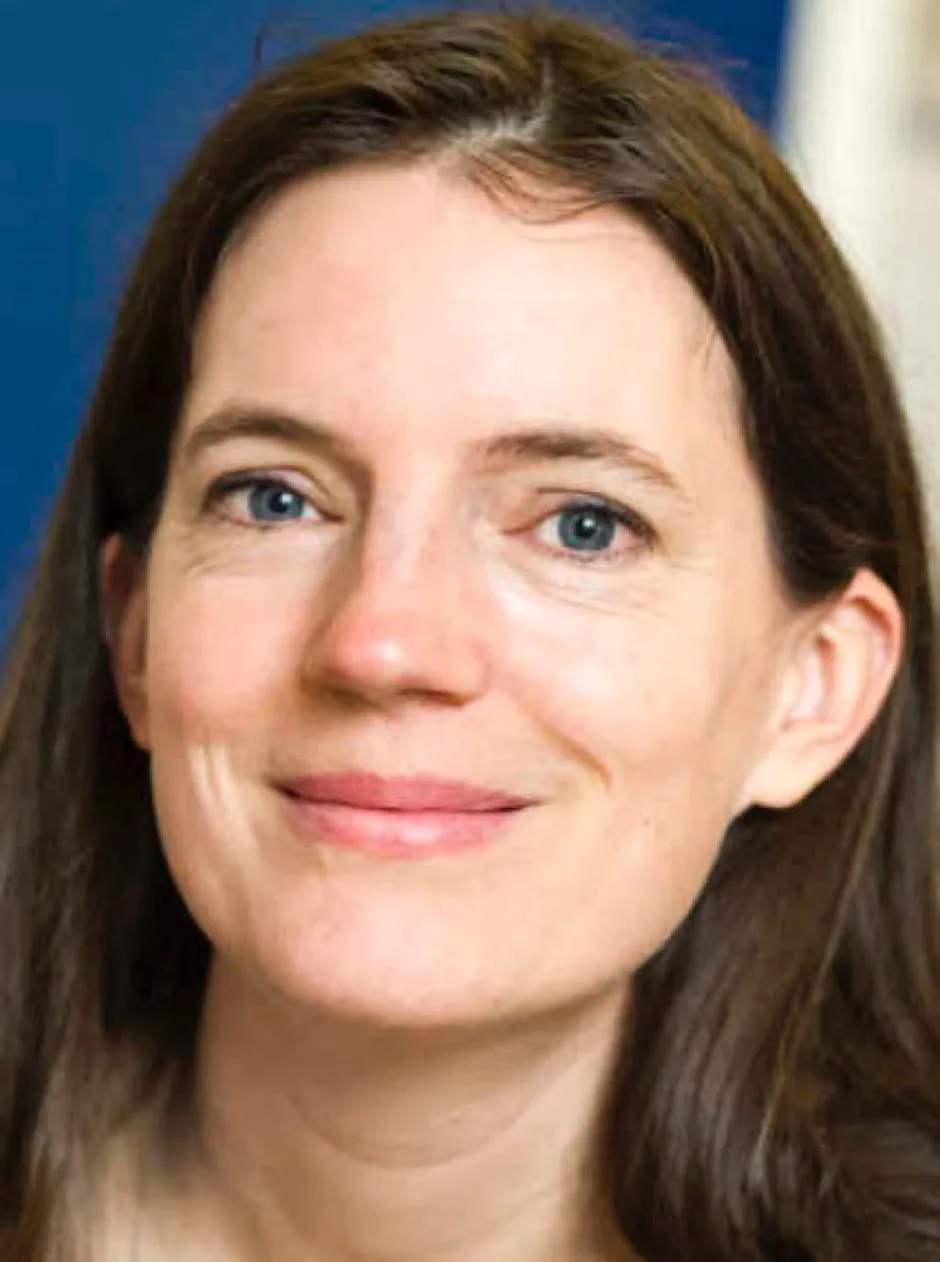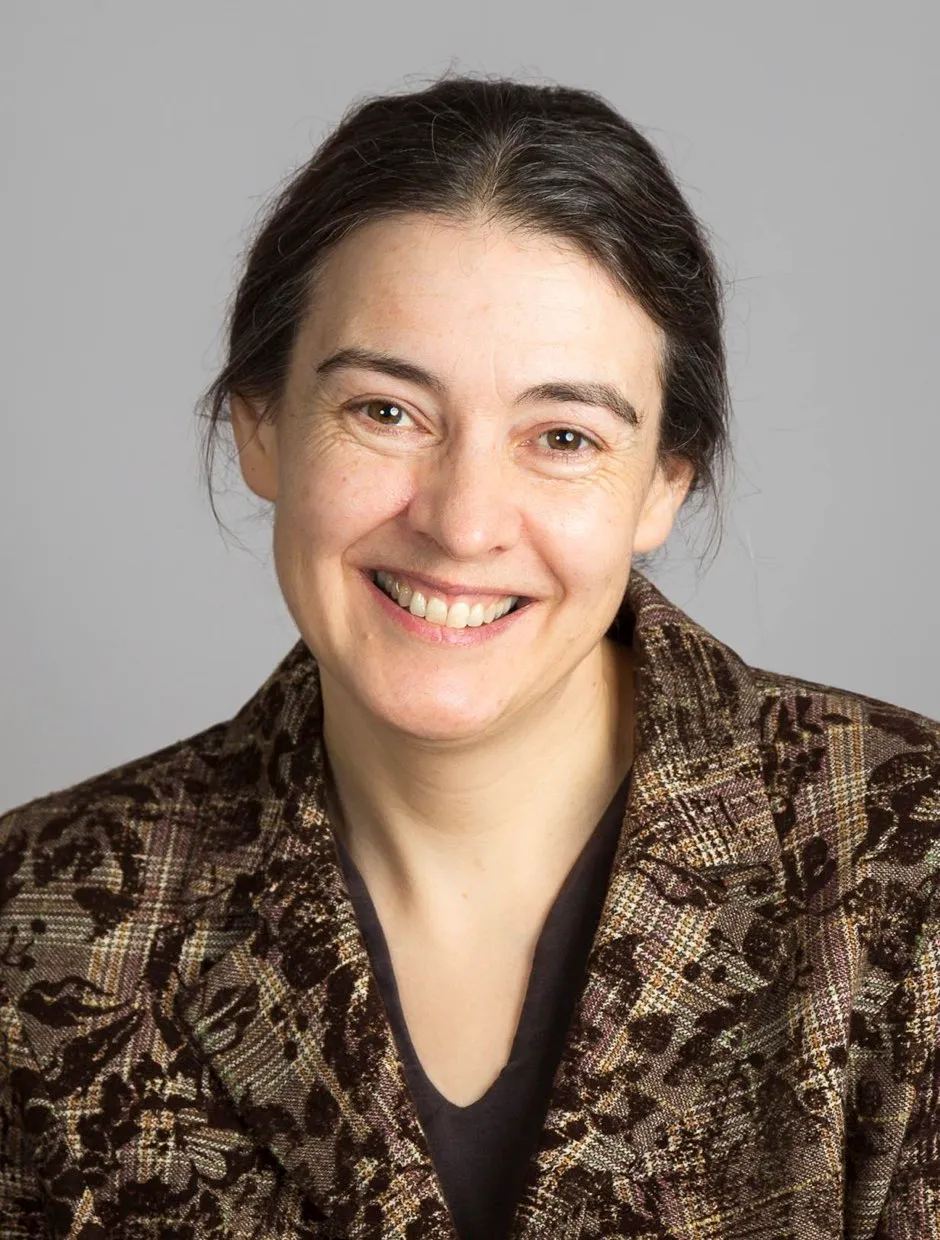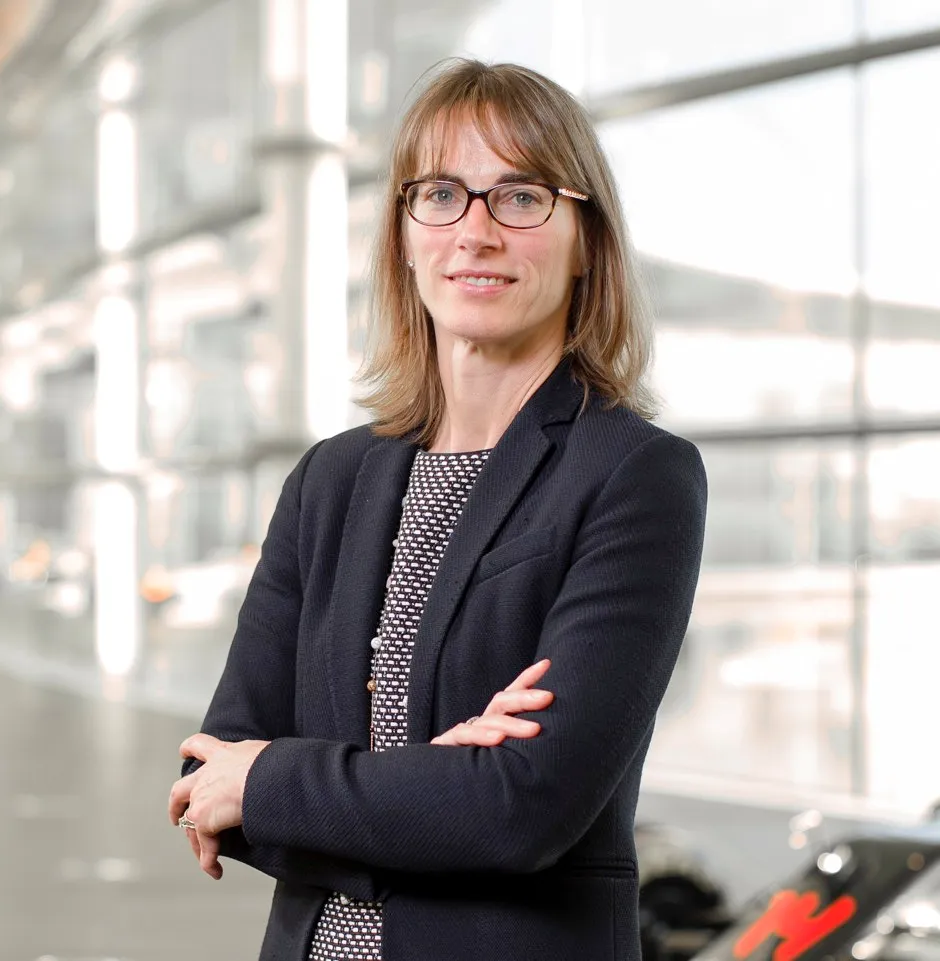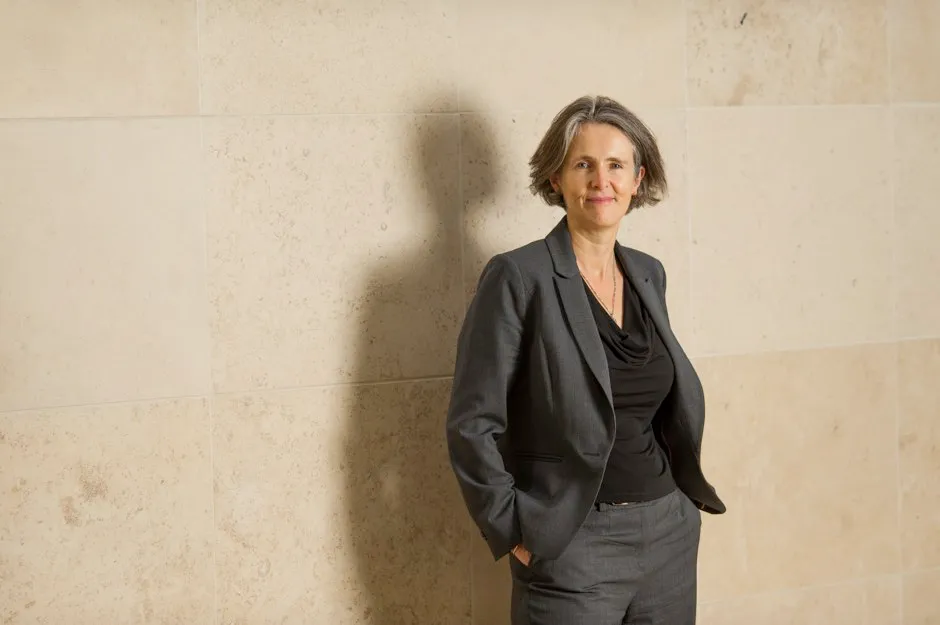Hello. I’m the producer of The Life Scientific, the podcast and BBC Radio 4 programme in which Jim Al-Khalili interviews leading scientists and engineers about their life and work and finds out what their insights or inventions might do for us in future.
A while ago, for my sins, I agreed to write several books of the show, thinking some interesting themes might emerge. The Life Scientific: Inventors brings together the stories of many of the ingenious individuals who have appeared on the show and who are making things that meet society’s needs.
They are the unsung heroes of contemporary Britain and I feel strongly that we should celebrate them and their achievements more.
We all know that James Watt invented the steam engine. And thank Isambard Kingdom Brunel for our railways. But what about the men and women who have, for example, created the batteries in our mobile phones, an injectable gel to heal badly broken bones and the safety controls that are found in every electric kettle in the world?
The stories in The Life Scientific: Inventors are tales of personal endeavour, passion, determination and ground-breaking science and engineering. I find women’s stories particularly inspiring. (Of course, the men are impressive too!) And I have chosen extracts [in italics] from five of the women’s stories to share with you today.
Read more about great inventors:
- Nikola Tesla: a genius or a charlatan?
- Leonardo da Vinci's forgotten legacy
- John Bardeen: the greatest physicist you've (probably) never heard of
1
Molly Stevens

We’re designing materials to help our bodies heal themselves.
Professor Molly Stevens was inspired by our body’s extraordinary ability to heal. While other tissue engineers were trying to grow tissue on petri dishes in the lab, she adopted a different approach, thinking the best pace to grow new bone was in our bodies.
She invented a gel that she hope would trick leg bone (which is very good at healing itself) into growing new bone and put it to the test:
‘That was a huge, huge eureka moment,’ Molly remembered, laughing. ‘We were screaming all over the place! We were all very, very excited.’ Keen to see for themselves, all the members of the team rushed to look down the microscope, jostling for position. The sheer quality of the new bone was a revelation.
The organisation of it, ‘right down through all levels of the tissue’, was a perfect replica of the bone to which it was attached. ‘It was ‘just perfect native tissue!’… Previous attempts to grow bone had resulted in new tissue that was a pale imitation of the real thing.
But in Molly’s experiment, the two areas of bone – pre-existing and recently grown - were indistinguishable. Furthermore, mechanical testing confirmed that the new bone was just as strong as the original. ‘How long did you stay on this high?’ Jim asked. ‘Well,’ laughed Molly, ‘I’m sort of always on a high anyway!’
2
Ann Dowling

Flight has always seemed quite incredible to me.
Professor Dame Ann Dowling was a pure mathematician who became interested in the mechanics of aircraft noise during a summer job at RAF Farnborough. She wrote a PhD on noise reduction strategies for Concorde and later showed that it is technically possible (if expensive) to build a near silent aeroplane:
‘Determined to show just how quiet passenger planes could be, Ann assembled an international team of graduate students, professors and industry engineers (including her husband Tom Hynes, who worked for Rolls Royce) to design a plane whose noise ‘would be imperceptible beyond the perimeter of an urban airport.’
It was an ambitious target. To achieve it, the noise output from a standard passenger plane would have to be reduced to 0.1 per cent of the existing levels.
‘That is a very dramatic reduction,’ Jim said. ‘What gave you the courage to believe that that sort of reduction was even achievable?’
‘Well, I suppose we didn’t know that it would be,’ Ann laughed.
Read more about women in STEM:
- Inspiring women in engineering
- Ladies who launch: the women behind the Apollo Program
- As history proves, women in science need more than just a lab coat
3
Clare Grey

I think people do need to appreciate (the challenges involved) and maybe stop moaning, when, every now and then, their mobile phone batteries don’t work.
Clare is a Professor of Chemistry who has always been interested in working on problems that are connected to real world problems. A chance encounter with a man from Duracell sparked her interest in the materials that are used to make batteries:
‘Does it bother you when people start complaining about having to charge their phones more and more often, when in fact battery technology has improved?’ Jim asked.
‘The price of battery technology has gone down by a factor of ten. Energy density – that’s how long your battery will last for – has improved by about three times since [the early 1990s]. So, it bothers me. But I think what bothers me more, is that people think it’s a simple problem to solve.’
It’s not. If a phone battery is going to be charged every day and is expected to last at least two years, ‘or maybe seven’, then it needs to be capable of charging and discharging at least 730 times…
‘And you’ve got to get those reactions to go backwards and forwards many, many times,’ Clare said. (The first rechargeable battery was called the rocking-chair battery because it had achieved this.)
‘Very few processes can occur reversibly without failing, or degrading, as we call it in the field. And so it is a real challenge. I think people do need to appreciate that, and maybe stop moaning, when, every now and then, their mobile phone batteries don’t work.’
4
Caroline Hargrove

Every night I would go to sleep hearing the 'mneer mneer' of the engine.
It was a ‘complete accident’ that Caroline Hargrove ended up working in Formula One Racing. She applied for a job with McLaren, intending ‘to get a bit of industrial experience’ and stayed for 20 years. Her first job was to try and build a digital twin of a F1 racing car, a project many people in McLaren at the time, thought was impossible:
‘There were many things I wasn’t sure about,’ she said. How do you convince a racing driver sat in a model cockpit in Woking that they are hurtling round a race track at more than 200 miles per hour?
Faced with this rather overwhelming puzzle, she started by making very simple computer models of racing cars, painfully aware of their pitfalls but keen to avoid being paralysed by the complexity of the problem.
Then, recognising that she knew absolutely nothing about real-life machines, she took a Formula One driver on a tour of the existing simulators. Together they visited machines that had been built to test road vehicles and aeroplanes to find out what worked well and what didn’t.
…For racing drivers, it’s all about the pivot when they go around bends – so getting the lateral movements and yaw rotations was clearly going to be important. One thing, however, was immediately clear: racing drivers really do drive by the seat of their pants.
5
Ailie Macadam

Every time I got to St Pancras Station I get a tingle down the back of my neck.
Ailie MacAdam started her career as an engineer working on a sewage treatment works in Stuttgart, Germany. She caught ‘the construction bug’ working on the Boston Big Dig and returned home to the UK to run the transformation of St Pancras Station, turning an outdated station into an international terminal fit for Eurostar, while preserving its historic features, including 670 cast iron pillars that supported the platform:
Under normal circumstances, these columns could have been replaced with concrete struts capable of withstanding lateral and vertical loads. Or better still, the entire internal structure could have been demolished and rebuilt.
Part of the point of the project, however, was to preserve the historic character of this Grade 1 listed building. And Ailie was committed to using ‘as much of that 150 year-old architecture and structure as we could’.
For about five seconds, Ailie thought ‘it would be easier to demolish this lot and start again. Then it was a case of: “No. We’ve got to find a way”’.
You can find out more about these women (and many others), as well as many equally impressive men, in The Life Scientific: Inventors.I find their stories energising and inspiring. And if one of them were to galvanise you to consider making something new, whether you are at school, retired or stuck on a bus wondering what to do, I would be delighted.
The Life Scientific: Inventors by Anna Buckley is out now (£18.99, W&N).